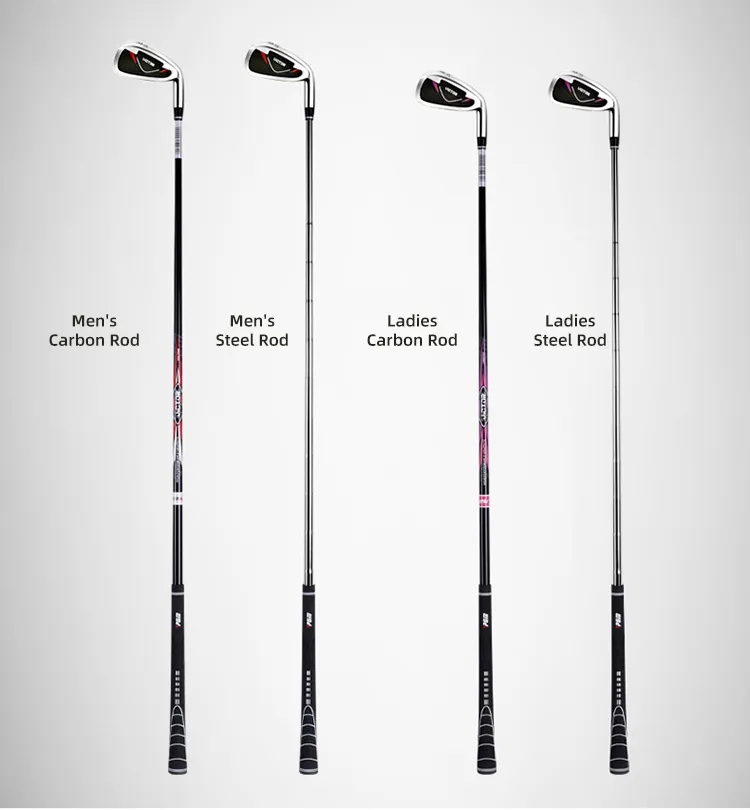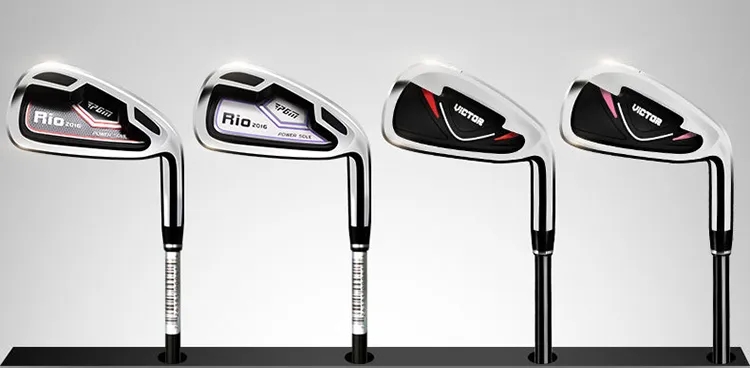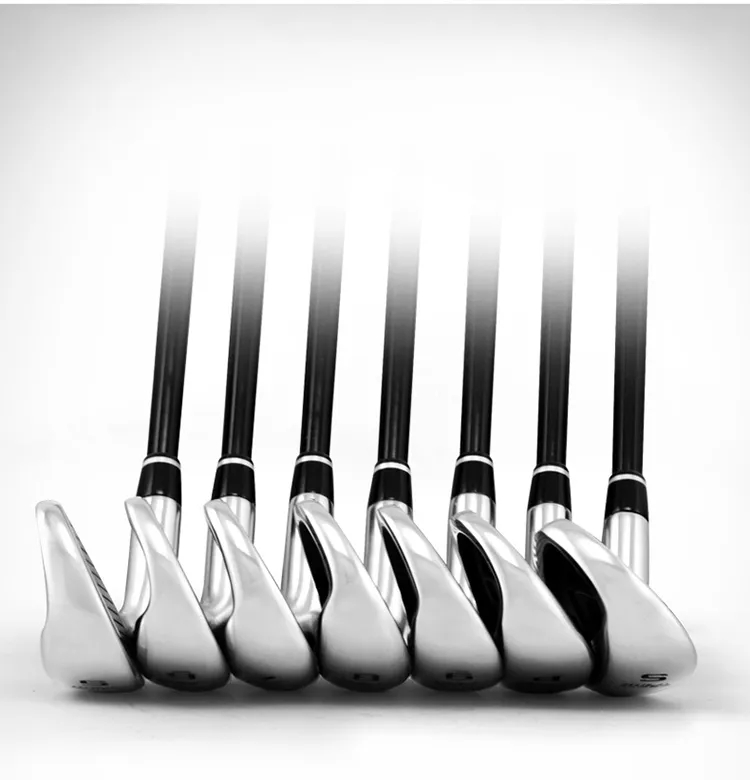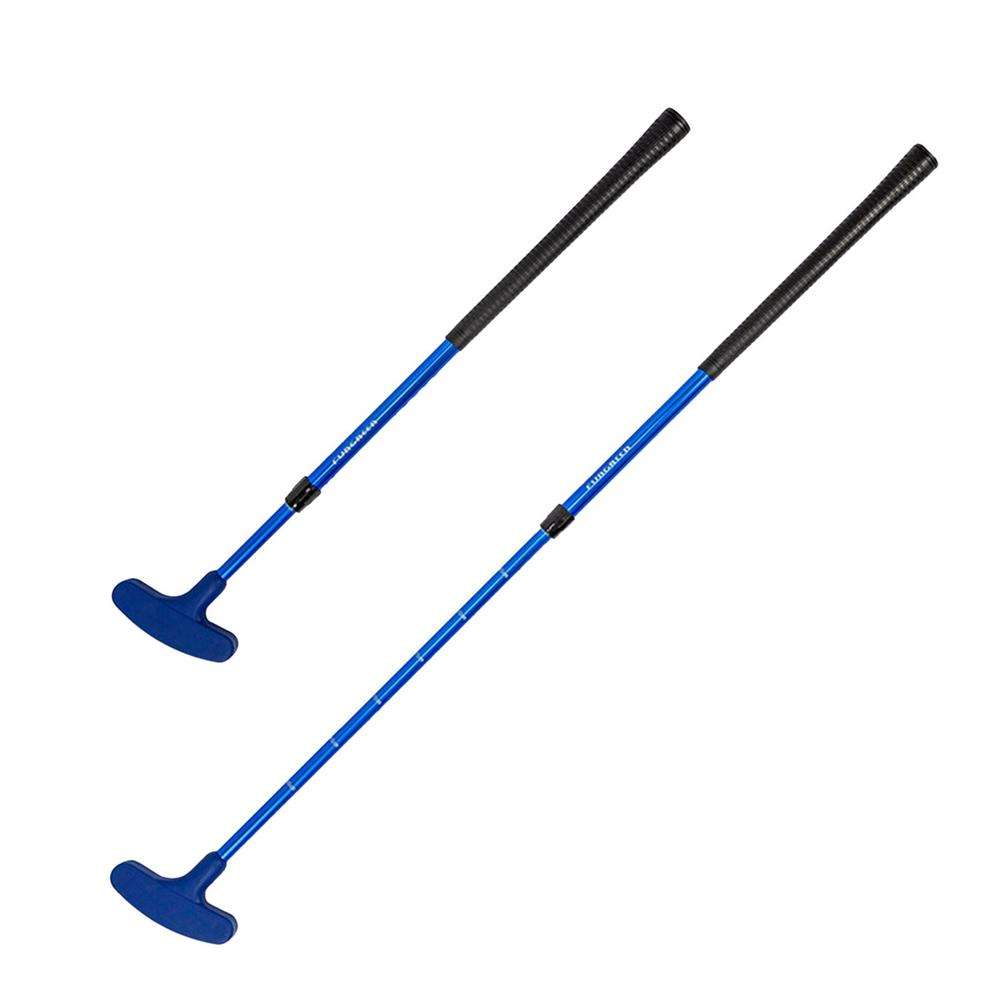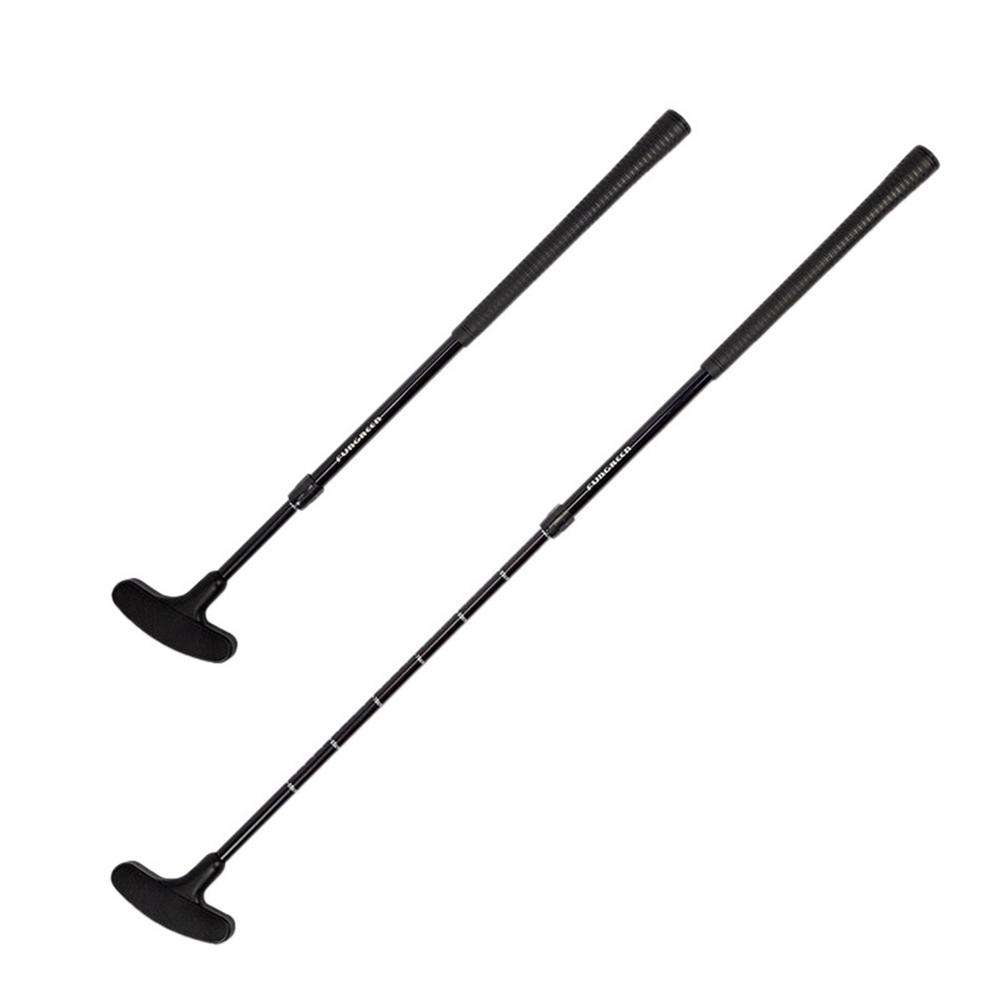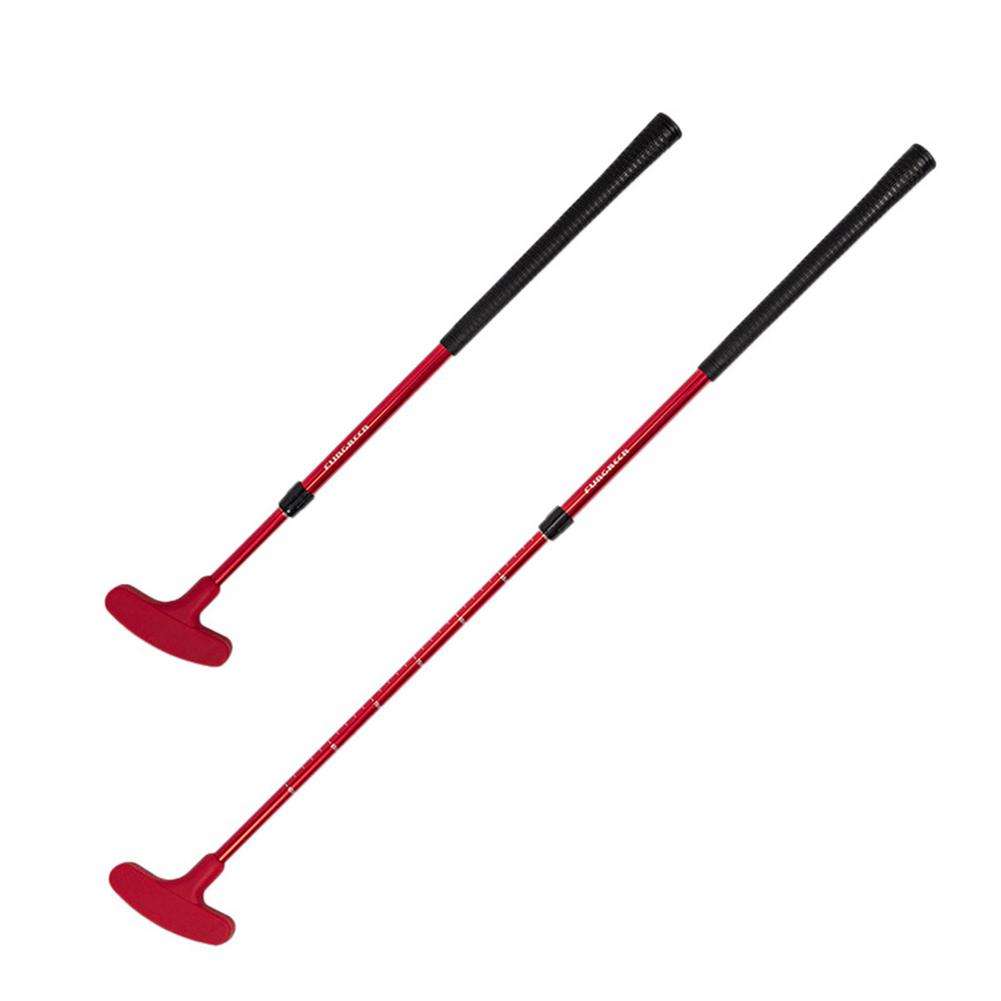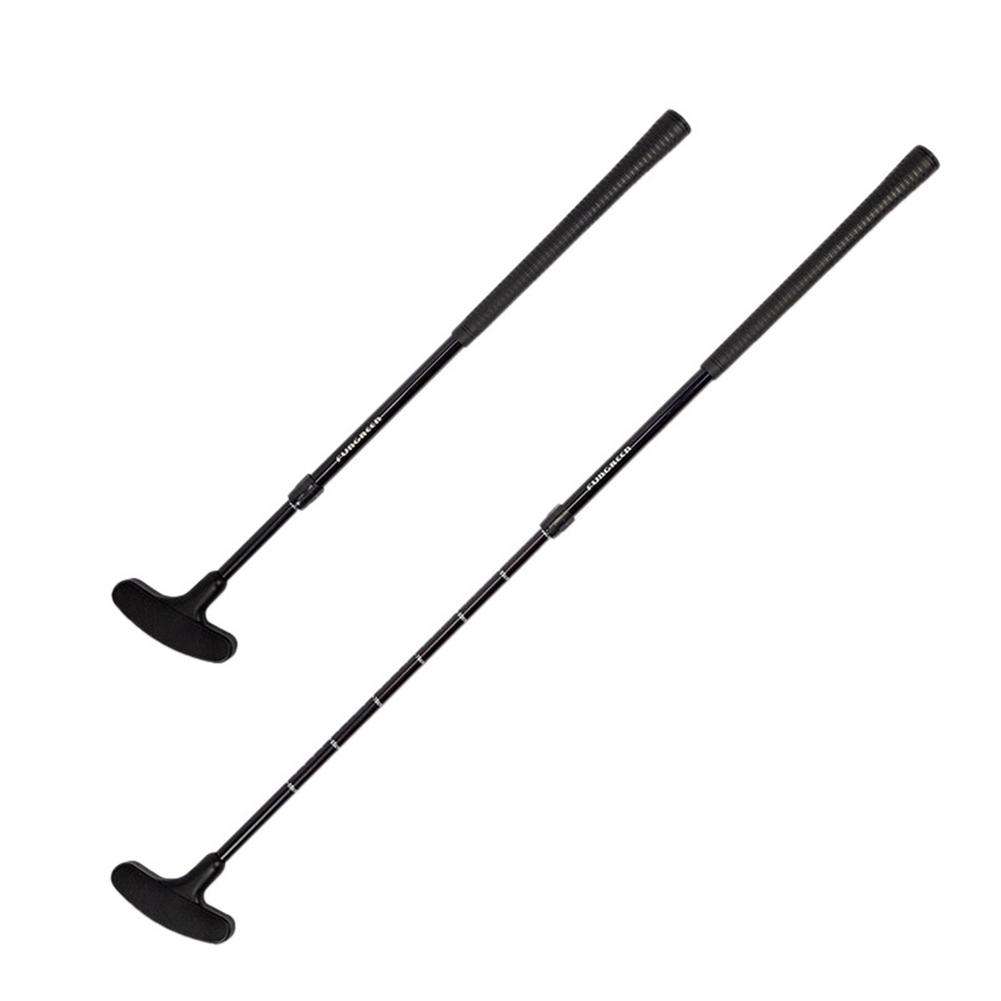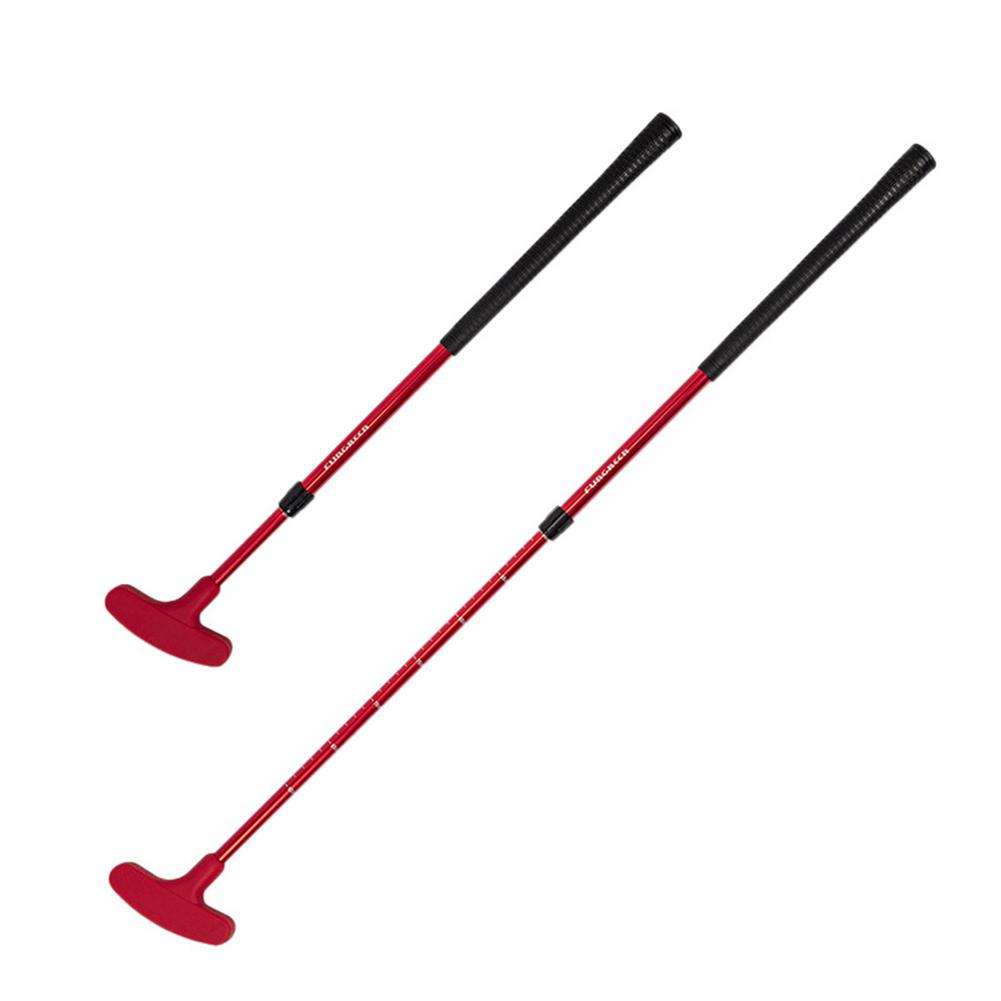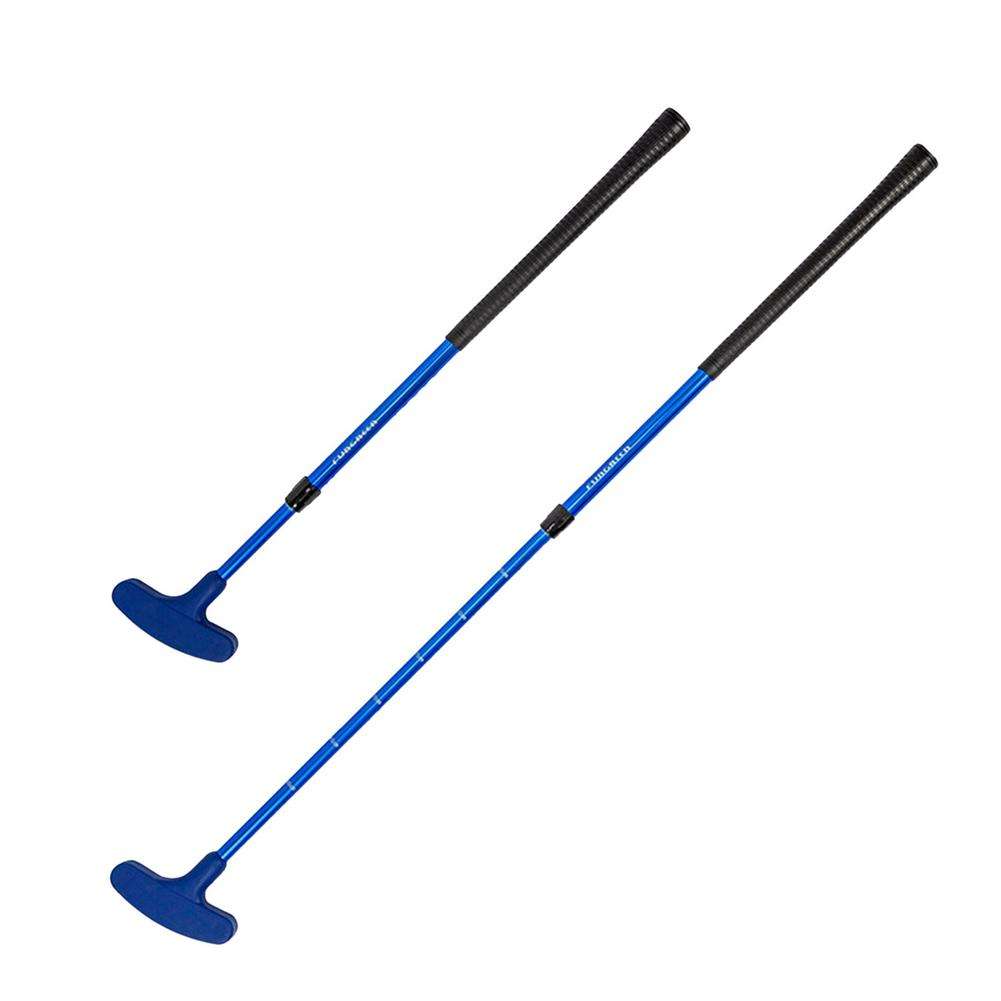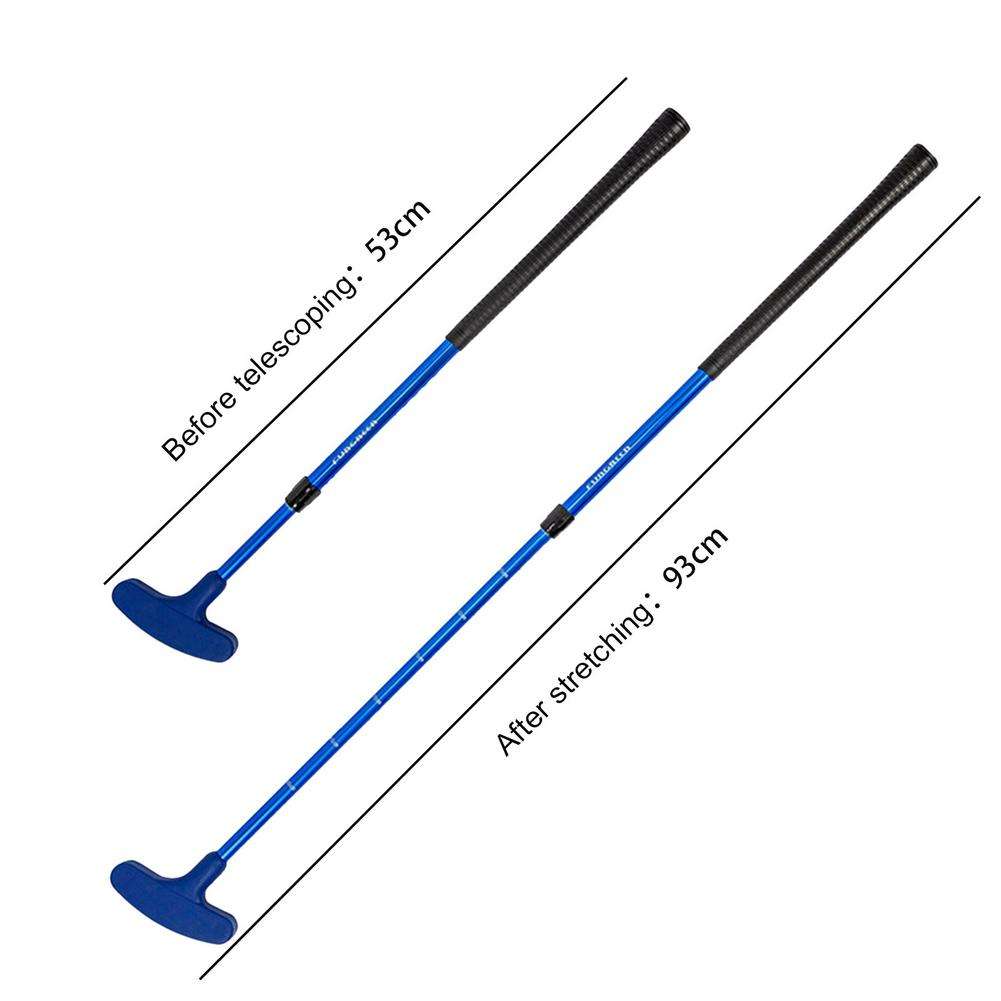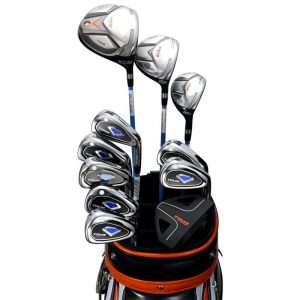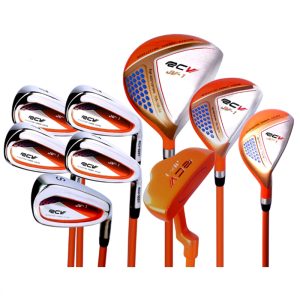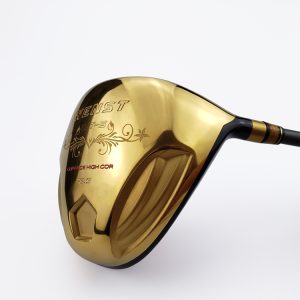Golf clubs are specialized tools used by golfers to hit the ball. They are typically made of metal, graphite, or composite materials, with a variety of shapes and designs that impact their performance. The most common types of golf clubs include drivers, woods, hybrids, irons, and wedges, each with a unique purpose and design.
Drivers and woods are typically used for long shots, with large clubheads and low lofts designed to maximize distance. Hybrids are a combination of a wood and an iron, offering a balance of distance and accuracy. Irons are used for medium to short-range shots and come in a range of lofts for different trajectories. Wedges are designed for short-range shots and come in a variety of lofts and bounces for different types of shots around the green.
Golf clubs are also available in different lengths and flexes, with longer clubs providing more distance and shorter clubs offering more control. The flex of a golf club refers to the amount of bend in the shaft, with stiffer shafts offering more control and softer shafts providing more distance.
Many golf club manufacturers offer customization options, such as adjustable clubheads and interchangeable shafts, to allow golfers to fine-tune their clubs for their individual needs and preferences. Selecting the right golf clubs is important for a golfer’s performance and can greatly impact their game. Factors such as skill level, swing speed, and course conditions can all influence the type of golf club that is most appropriate.
